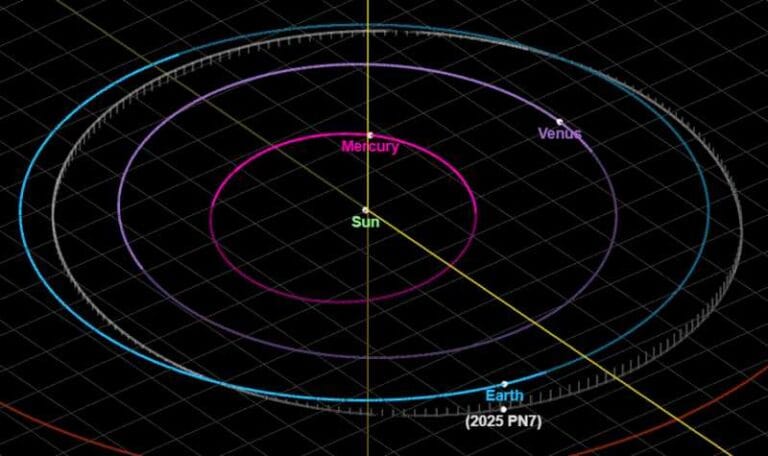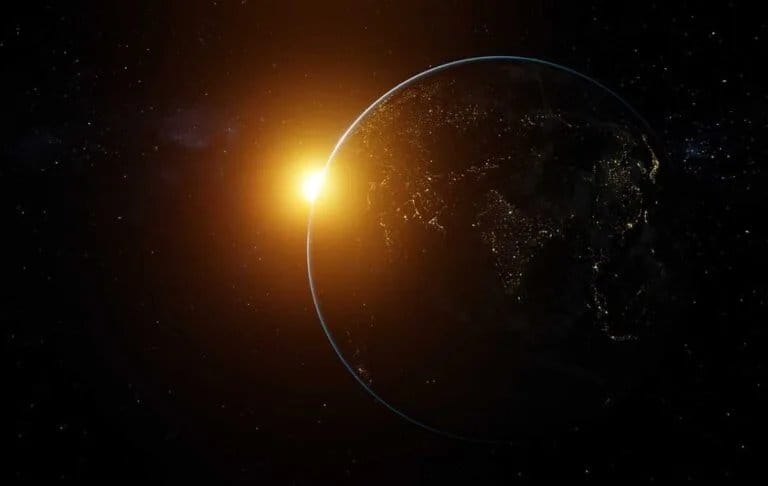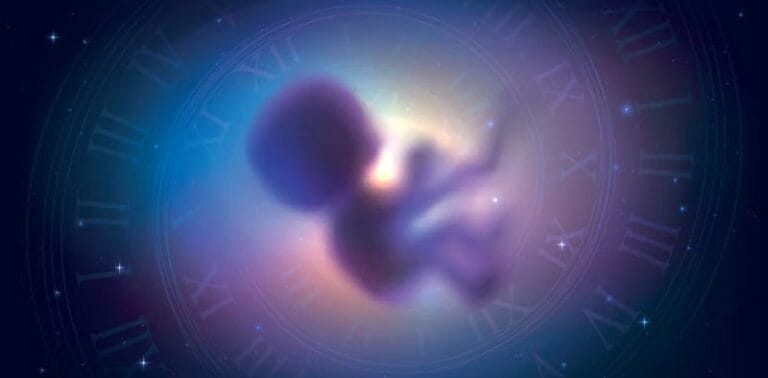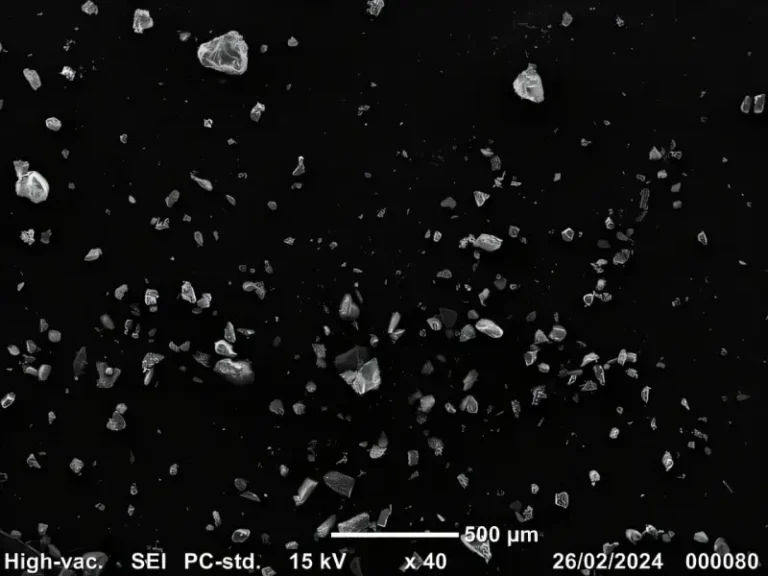New study suggests that dark energy is an illusion

Dark energy is a cornerstone of contemporary cosmology, central to explaining the Universe’s accelerated expansion. In the standard model, it’s characterized by a cosmological constant within general relativity, integrating dark energy into the very fabric of space-time. However, as observational data accumulates, challenges to this model have emerged. One prominent issue is the Hubble tension—discrepancies in the measured rate of cosmic expansion depending on the observational method. Another complication arises from the assumption that dark energy is uniformly distributed across the cosmos, which some evidence suggests may not hold true. Now, a provocative new study challenges the foundation of this concept entirely, asserting that dark energy, as we understand it, may not exist at all.
Let’s begin with what we know. Observing the cosmos across billions of light-years, we find matter clumped into galaxies, which themselves form clusters separated by vast voids. On smaller scales, this reveals an uneven distribution of matter. However, when viewed on larger scales—roughly a billion light-years—the distribution averages out, resulting in a Universe that is homogeneous and unbiased in any particular direction. This large-scale uniformity underpins the principle of homogeneity, which states that the Universe is broadly the same everywhere. By applying this principle to cosmic expansion, scientists use the Friedmann–Lemaître–Robertson–Walker (FLRW) metric, a model in which dark energy is represented as a cosmological constant.
Critics of the standard model challenge the application of the principle of homogeneity to cosmic expansion. Some even question whether the foundational principles of general relativity hold on cosmic scales. One such alternative, the Timescape model, argues that dark energy contradicts the principle of equivalence, which asserts the equality of inertial and gravitational energy, making it impossible to distinguish cosmic expansion as a physical phenomenon.
The Timescape model also emphasizes the impact of gravitational fields on the flow of time. It posits that the Universe cannot be homogeneous in time, as clocks in the gravitational wells of galactic clusters would tick more slowly than those in vast cosmic voids. Over billions of years, this divergence in time would accumulate, creating a temporal variance across the cosmos. According to the model, this difference in the passage of time could account for the observed appearance of cosmic expansion, without invoking dark energy.

In this recent study, researchers analyzed the Pantheon+ dataset of Type Ia supernovae to determine whether it aligns more closely with the standard cosmological model or the Timescape model. The key distinction between these models lies in how they interpret cosmic expansion: the standard model requires expansion to be uniform, while the Timescape model asserts that it cannot be uniform due to time variances.
The team found that the Pantheon+ data supports both models, but it slightly favors the Timescape model. This suggests that the data aligns more closely with the idea that dark energy might be an illusion. However, the difference is not significant enough to definitively rule out the standard model, leaving the debate open for further investigation.
If future observations continue to favor the Timescape model, it could profoundly transform our understanding of the Universe. However, there are reasons for caution. For one, the Timescape model is just one among numerous alternatives to the standard cosmological model, and this study does not address those other possibilities. Additionally, the Timescape model itself has unresolved internal challenges that must be addressed before it could supplant the standard model.
Nevertheless, the findings highlight an important point: the standard model may not be as definitive as once thought. Astronomy is entering an exhilarating era, with advancements and observations poised to significantly expand our understanding of the cosmos in the years ahead.
Reference: Seifert, Antonia, et al. “Supernovae evidence for foundational change to cosmological models.” Monthly Notices of the Royal Astronomical Society: Letters 537.1 (2025): L55-L60.
Reference: Wiltshire, David L. “Cosmic clocks, cosmic variance and cosmic averages.” New Journal of Physics 9.10 (2007): 377.






